All about turnips
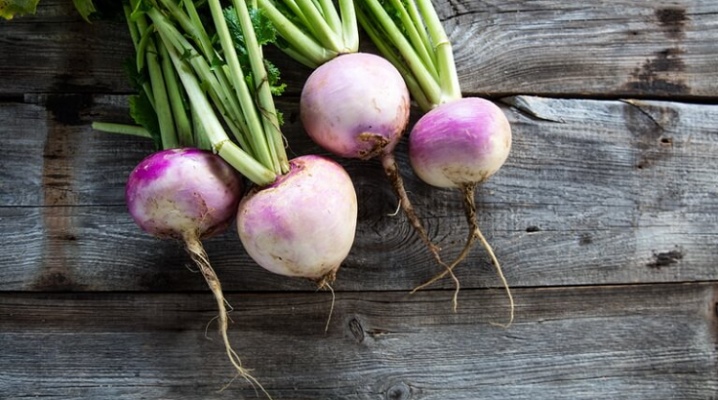
Once upon a time, not a single feast could be imagined without this root vegetable. Currently, few people know about turnip, and in vain, since this undeservedly forgotten plant is a concentration of useful elements.
If you grow in your own garden in accordance with the technologies used in the production of organic products, you can get an environmentally friendly product that is useful for children and adults. Not everyone will like it according to their taste, but regular use of the product will have a beneficial effect on health, appearance and well-being.
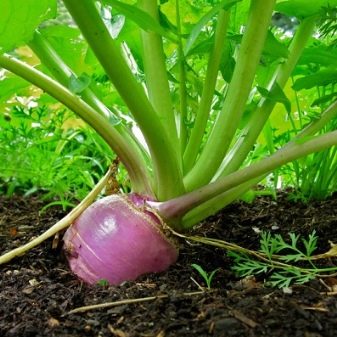
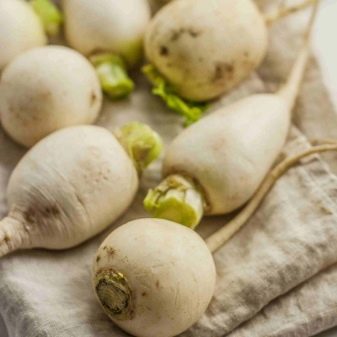
Description
Turnip (or forage turnip) is a cultivated vegetable plant cultivated in temperate climates, in most cases for livestock feed. Its average yield varies from 6 to 8 tons of dry matter per hectare. Under good conditions, it can yield up to 100 tons of root crops per hectare and up to 150 tons of leaves. Some root crops can weigh more than one kilogram. In some cases, turnip crops are fed on the root: first of all, to cows (they eat the leaves and the aerial part of the roots), then to pigs (they pull out the remaining roots).
Large farmlands in England, Denmark, Germany, Australia, Canada, and the United States of America have been allocated for turnips.
The root crop looks like a ball, it can be in the form of a cylinder or have a rounded-elongated shape. The color can be white, purple, yellow. Feels great on sod-podzolic, sandy loam soils and loams. In addition to special vegetable stores, the crop can be stored folded in the form of a long heap (pile) or in a pit dug in the field, sheltered from frost and rain with a tarp, tops or straw.
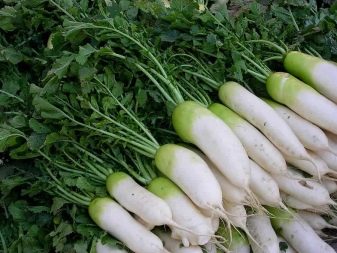

Forage turnip contains sugar (glucose prevails), proteins, lipids, a mass of mineral salts (magnesium, zinc, calcium, potassium, manganese, phosphorus, iron), many vitamins (especially C, B1, B2, PP), a small amount of cellulose and beta carotene. Vitamin C is present in young leaves. There are varieties that are not only suitable for human consumption, but also delicious. Growing turnips is as easy as growing radishes, turnips, and radishes. For summer consumption, they are sown in early spring, for winter bookmarking - this is the beginning of July. It is used raw grated in salads, and boiled for vegetable purees or stews.
In 18th century Great Britain, a high-ranking Whig politician Charles Townshend (most often known as Turnip Townshend because of his strong interest in agriculture) promoted the use of turnips in a specially designed four-year crop rotation, due to its high yield and energy value, rapid growth and development, unpretentiousness and the possibility of using the crop for standing cattle. In folk methods of health improvement, prevention, diagnosis, treatment, based on the experience of many generations, forage turnip is practiced as a laxative, suppressing the development of inflammatory processes, a diuretic and an expectorant. Forage turnip juice with honey is used in the treatment of gastrointestinal diseases and as a stimulant for the functioning of the heart.
The use of root crops has a healing effect in hypoacid gastritis, irritable bowel syndrome, functional disorders of the biliary tract, and bowel emptying disorders.


Types and varieties
At the moment, there are many varieties and varieties of this plant that can be eaten. Differences: in shape, color of the pulp, taste and composition. Certain varieties contain more trace elements, but it is difficult to get a good harvest. Certain varieties are characterized by the fact that they give an excellent harvest, which is also excellently stored. Fodder turnips are divided into 2 types: this is a yellow-fleshed variety, which is usually called "yellow meat", or a white-fleshed turnip variety - "white meat".
Let's talk about popular varieties of fodder turnips that can be cultivated in our country.
- Ostersundomsky. A cultivar with an underdeveloped stem and half-raised green leaves on purple petioles. The upper part of the elongated root crop is purple, and the lower part is white. The turnip is half-length buried in the ground and is heavily overgrown with roots, so it is pulled out with effort. The taste of the white pulp is medium, has a bitterness.
- Yellow violet-headed. The tops of the bushes are underdeveloped. The color of the raised leaves is rich green, and the cuttings are purple. A root crop with a yellow core, has a rounded-flattened form of dark purple color in the upper part and yellow in the lower part. It is pulled out of the ground quite freely. The taste is fully suitable for consumption, the variety does not differ in juiciness.
- Red-headed, has a rounded shape of medium size, the vegetable is named for its color. It has a slightly flattened shape, has a dark purple color around the tops, otherwise it is light in color. It is very easily extracted from the ground, tastes free of bitterness, but the pulp is somewhat dry for salads, the variety is mainly suitable for cooking vegetable dishes.
- Long Bortfeld Turnip - the development of the tops is weak, the leaves have a juicy green color. The size is large. With proper care, the roots are massive and strong. Inside the vegetable is yellow, juicy, with a good taste. Refers to table varieties. Due to the highly developed roots, harvesting is more difficult.
- Tankard yellow - forage turnip with mature, luxurious, standing tops. The elongated form of the vegetable at the stage of maturity crawls out of the ground and does not resist being pulled out. The pulp has a yellow tint, rather juicy, suitable for table use.
- Grayson - the variety has large, erect leaves of yellow and green color. The tops are juicy. Root crops are rounded, slightly flattened, with scaly skin. Due to the underdeveloped roots, it makes it easy to pull out roots. The pulp has a yellowish tint, not juicy. It is used as feed.
- Turnip White Ball - the name corresponds to its shape, the vegetable has a spherical shape that you rarely meet. The pulp of the vegetable is white, juicy. Outside, the root crop is purple in color. It sits firmly in the ground, but pulls out without problems. Bred by specialists in breeding relatively recently, the variety has gained considerable popularity for its large size and excellent taste characteristics.
- Six week turnips - the tops are solid, the stem is thick. Root crops are flattened, white, when they finally ripen, they themselves "jump out" of the ground. The color of the fruit is light, the flesh is white, juicy and is practiced for table needs. The variety goes well with vegetables in salads.
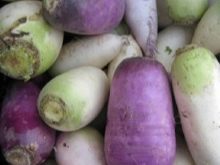
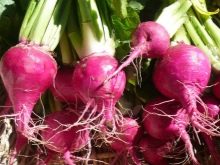

Landing
Even a novice vegetable grower is capable of planting and growing fodder turnips in his garden, since this vegetable is completely undemanding. You can plant seeds directly in the garden, or grow a plant through seedlings:
- direct sowing is carried out in the last days of April or in May;
- ideal sowing dates for vegetable crops for seedlings are the first 10 days of April.
Seedling method
The forage turnip has too small seeds; for convenience, when planting, they are mixed with dry river sand. Sowing is carried out in a container with loose soil, previously irrigated with warm water. When the seeds are in the containers, they are sprinkled with a thin layer of sand, and once again irrigated from a spray bottle. Then they cover it with glass or polyethylene film and put it in the heat. After the sprouts appear, the strongest are left, and the rest are pinched.
It is no secret that all crops belonging to the cabbage family are difficult to transplant, in this regard, it is advisable to sow in individual cups made of pressed peat, so as not to make a pick, but plant the plants directly into the soil with cups.
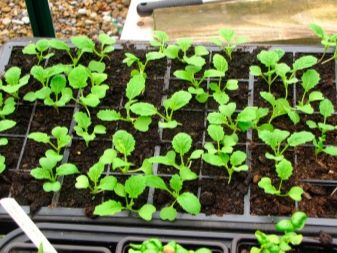
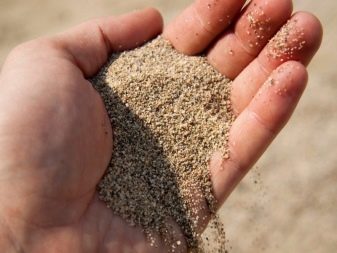
Sowing forage turnips in the garden
Do not rush to plant the vegetable outdoors. If frost hits, your plantings will completely die, so the ideal time to plant young is the last 10 days of May or early June. All root crops love moist soil, forage turnips are no exception, we choose a site for it in a lowland with a light shade. It is good if vegetable crops such as beets, lettuce or cereals grew on this site before it. You should not plant turnips in the area where cabbage or any cabbage crops grew before it. Spores of diseases characteristic of these vegetables accumulate in the ground, and insect pests are concentrated. This vegetable crop loves loam and grows well on sod-podzolic soils. It is necessary that the land for planting be prepared in the fall. When digging, it is necessary to add per 1 m2:
- humus;
- 200 g of wood ash;
- 100 g of azophoska.
You should not add fresh cow manure or chicken droppings, as this will negatively affect the vegetable - the taste and color will change, and the skin will crack.
Step-by-step guide to planting forage turnips:
- on the garden bed, when planting, it is necessary to make holes with a distance of 25 cm;
- maintain a distance of 50 cm between the rows;
- carefully remove the seedlings from the glasses and plant them in the holes together with a lump of earth;
- if the forage turnip was planted in peat glasses, there is no need to get the plants, they are planted directly with containers;
- after planting the seedlings, the garden bed must be watered with warm water, and sprinkled with peat mulch.
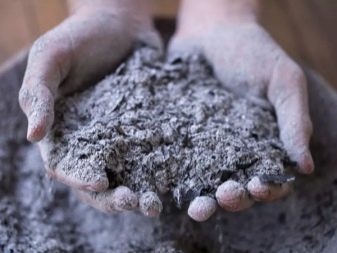
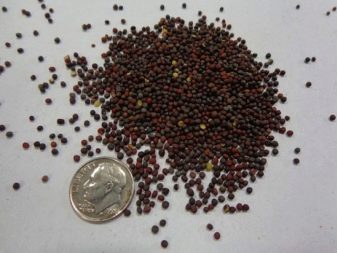
Care
Requires constant irrigation of the beds, removal of weeds, application of nutrient fertilizers, loosening after irrigation or rain.
Watering
Watering the fodder turnips is required abundant, however, the water should not wash off the soil from the top of the vegetable, since this makes it green and loses its nutritional value. The water consumption at the initial stage of growth is 5-6 liters per m2 of the garden, and from the stage of formation of root crops, the rate must be reduced to 3-4 liters per m2. The frequency of irrigation is 1-2 times every 7 days, but the weather is capable of making adjustments to the schedule.
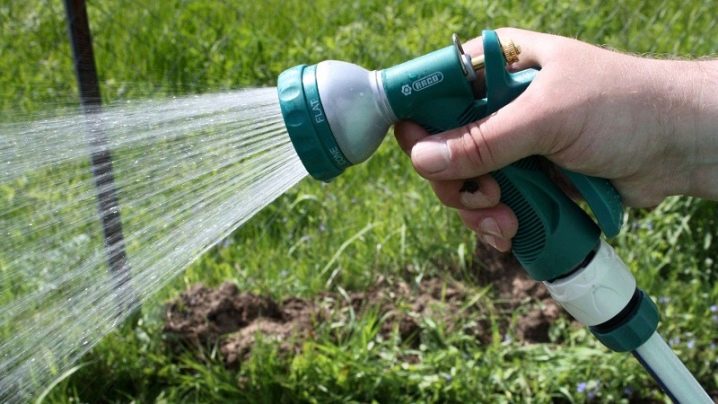
Top dressing
Fertilizing forage turnips is just as important as proper irrigation. For the entire summer period, 2 additional dressings are enough.
- At the beginning of June, after planting the plants on the garden bed, feeding with organic matter is carried out: chicken droppings in a ratio of 1: 20 or humus in a ratio of 1: 10.
- In July, when fruits begin to form, the same composition is supplemented with 30 g of superphosphate. It gives sugariness to root crops.
Top dressing should be applied exclusively to moist soil, this allows nutrients to quickly seep to the roots of the plant. If the soil in which the forage turnip is planted has a high level of fertility, fertilizers can be omitted.
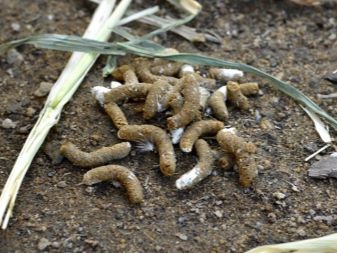

Reproduction
Turnip is a biennial plant. In the first year, it forms roots, and the seeds are born in the 2nd year. For reproduction, a root crop grown in the first year of existence is selected, preserved in the same way as vegetable crops for consumption, only separately. In the following year, he is planted in the garden as soon as the earth is ready, when it warms up, and the lumps will stop sticking together. For cultivation, choose a site with fertile, loosened soil.
After 3 months, flowering begins, yellow 4-petal flowers appear, characteristic of the cruciferous family. After flowering, the plant forms an elongated seed pod. The collection of testes (fruits) is carried out as ripening, which is devoid of uniformity in the plant. Turnip seeds are small, round-oval, black or red-brown in color. The fruits are cut before falling off and dried to completion, laying in a thin layer in a well-ventilated place.
The collected seeds are stored in cloth bags or in a container with a tight-fitting lid.


Diseases and pests
All crops from the cabbage family are susceptible to various diseases. In particular, it is necessary to highlight vascular bacteriosis, cabbage mosaic, black leg, keel. Pest insects also have a weakness for this family. Among the most dangerous insects are cabbage and sprout flies, wavy and cruciferous fleas, cabbage moths, aphids, bedbugs, rape bugs and flower beetles.
How to deal with such diseases and parasites:
- it is required to process plantings with chemicals - Benomil, Quadris, Fitosporin;
- against pests there are specialized chemicals designed to destroy harmful insects, such as Iskra, Thiamethoxam, Actellik.
If you follow the rules of crop rotation, you can insure yourself against many troubles associated with damage to plants by diseases and parasites.
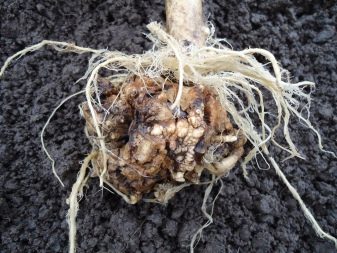
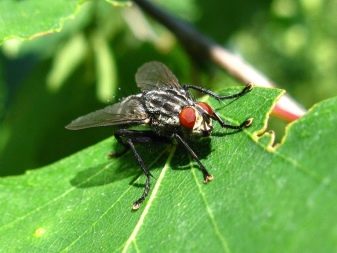
Harvesting and storage of crops
The ripening period for forage turnips from the moment of sowing the seeds is approximately 24 weeks. When the root crop reaches a state of technical ripeness, the lower leaves of the bushes will turn yellow, wither and dry out. If the sowing of seeds was carried out in the spring, then the harvest is carried out from the last days of June in the course of ripening. Such root vegetables do not last for a long time. Root crops that can be stored in the winter, taking into account the variety, are harvested in September or October. Do not forget that they should not freeze, because at a temperature of -6 ° C they become flabby and remain much worse.
In the process of harvesting, the bushes must be pulled out or pre-dug. It is necessary to remove the remnants of the soil from the vegetables and cut off the tops, at the same time the length of the remaining pieces should be approximately 20 millimeters. Root crops should be placed under a canopy to dry. Store only healthy, whole and dry vegetables; they should not be damaged or affected by harmful insects or diseases.
For storing feed turnips, it is necessary to choose a fairly cool storage facility (from 0 to 2 degrees), in addition, the level of humidity should be from 85% to 90%. Vegetables should be placed on a plank floor. If you wish, you can dig a ditch about one meter deep in the area from south to north, put the collected vegetables into it, and then sprinkle them with peat or dry soil, and cover them with waterproof material on top.
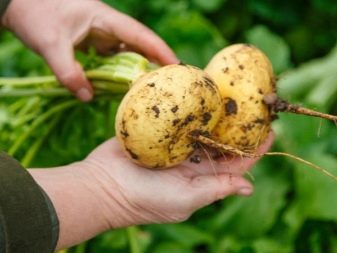
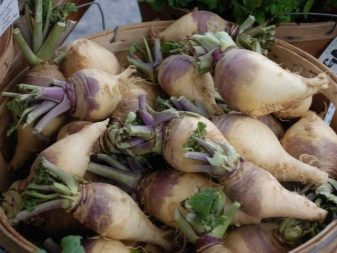













The comment was sent successfully.